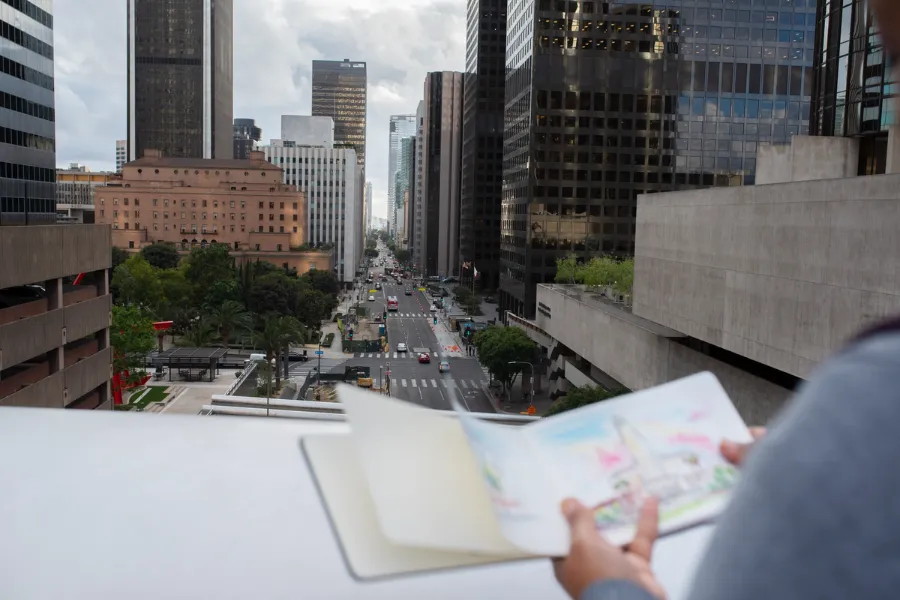There are many aspects involving purchasing or selling when it comes to new construction, conversion or heavy renovation. It involves complicated legal procedures and lots of paperwork. You also need to have the right permits and documents on hand before someone can legally move into their new home. One of those documents is a Certificate of Occupancy.
What Is A Certificate of Occupancy In NYC?
A Certificate of Occupancy (also called CO or C of O) is a document issued by the Department of Buildings (DOB) that states the legal use and occupancy of a building.
Why Is A Certificate of Occupancy Issued?
It’s the responsibility of the Department of Buildings (a part of the NYC government) to make sure that all the buildings in the five boroughs are safe to use and dwell in. The department also ensures that each building is used for what it was created for. This means the owner of a retail store can’t just rent out the property for people to live or the owner of an apartment building can’t turn it into a shopping store without getting permission from the DOB.
More importantly, they can’t do it without obtaining the right Certificate of Occupancy. Through this certificate, the government dictates how a building can be used and how it’s occupied. If it’s a small multifamily property designed with four units for four families, the owner can’t split each unit into two parts and fit eight families inside, without getting the DOB’s permission.
Legally, no one is allowed to occupy a building without a Certificate of Occupancy.
When Do Building Owners Need To Obtain A Certificate of Occupancy?
Owners of new buildings must obtain a Certificate of Occupancy. It’s issued only when the inspectors from the DOB are satisfied that the building construction has met the necessary standards and the building follows the “use and occupancy” guidelines it was built for.
If the owner of an existing property needs to change how it’s used or occupied, they’ll have to apply for a new or modified Certificate of Occupancy. The DOB inspects the building, ensures that it’s fit for the new use, and there are no legal complications, before issuing the certificate. The official definition of the changes that warrant a new Certificate of Occupancy involves three things:
1. Change of Use: When a building or an area inside it is modified for a different use, it will require a new certificate. This might involve turning a basement into parking or a recreation room. Or converting a residential property into a commercial one (a home into an office/store), which might also require a zoning change from the city.
2. Change of Egress: The word “Egress” means going out or leaving a place. From a Certificate of Occupancy perspective, a change in egress means relocating exits (closing one and opening it in another place). Or increasing or decreasing the number of exits from a building. The official number of exits in an NYC building is determined by the occupancy of the building.
3. Change In Type Of Occupancy: A change of occupancy takes place if you increase the number of residential units in a building or if you set aside a portion of the building for a different occupancy group (for example, a commercial area in a residential building). If the occupancy type of a building changes in any way from what is written in the Certificate of Occupancy, the building owner will need to get a new certificate.
It’s important to note that buildings that were built before 1938 (and not modified so much that they need a new Certificate of Occupancy), don’t require a certificate. They can obtain a Letter of No Objection instead.
Types of Certificates
There are two types of Certificates of Occupancy:
Temporary CO: When one part of a building is being modified which will require a new certificate (once the modifications are complete) but the remaining building is fit to live, the DOB can issue a temporary Certificate of Occupancy (or TCO). TCOs can be obtained in a few other situations as well.
Permanent CO: Once the building passes all the inspections, and has no other legal complications, the DOB can issue a permanent or final Certificate of Occupancy. The building will not need another one until it goes through renovations or modifications that might require it to get a new certificate.
Property buyers and builders should know about the specifics of the Certificate of Occupancy. You can check for a building’s certificate by visiting the building information system.










